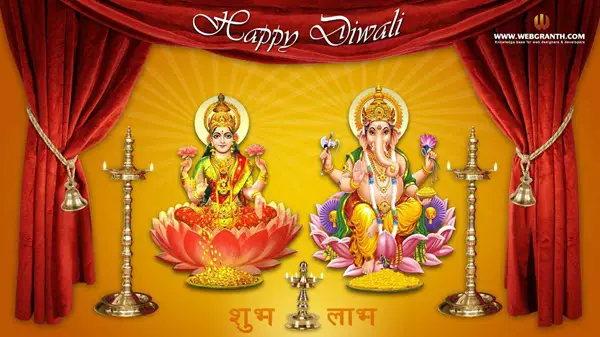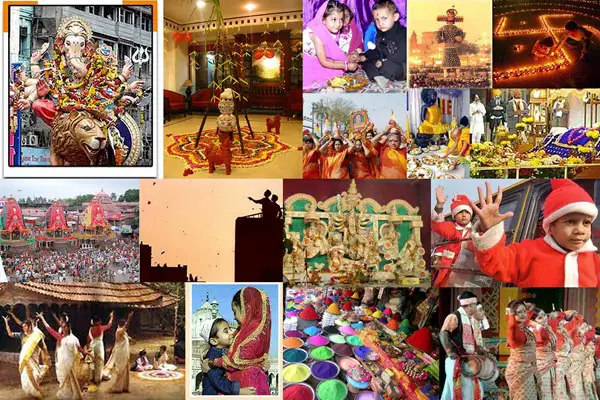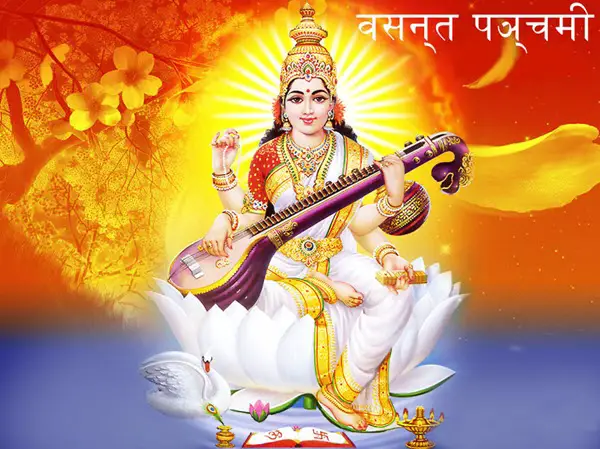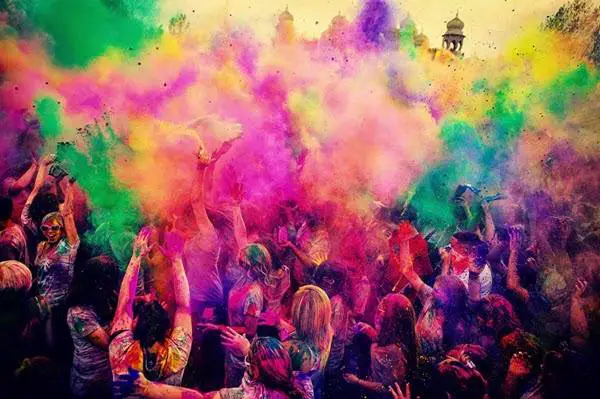Indian Festivals are full of charm and vibrancy that delights every Individual. The “Gudi Padwa” Festival is no exception and provides a tremendous opportunity for celebration and festivities.
Gudi Padwa is one of the most awaited festivals of Hindus and marks the beginning of the New Year. It is often regarded as the first Holy Festival of the Hindus. It is celebrated on the first day of the Hindu month of Chaitra according to the Lunisolar Calendar on Chaitra Shukla Pratipada.
According to Hindu Holy Scriptures, it is believed that Lord Brahma created the Universe on this day. So, it marks the commencement of the New Year and thus carries special importance for the Hindus.
The word ‘Padwa’ is derived from the Sanskrit word (Paddava/Paddavo), which means the first day of the moon’s bright phase and is referred to as “Pratipada” in Sanskrit. Moreover, a “Gudi” (flag) is hoisted on the occasion of this festival, thus giving it the name “Gudi Padwa.”

The festival is highly popular in various states of India. It is famous for its different names in different parts of the country. In Maharashtra, the festival is celebrated with huge enthusiasm and is known as “Gudhee Paadavaa.” In Goa and Kerala, it is celebrated as “Samvatsar Padvo,” whereas in Karnataka and Andhra Pradesh, it is celebrated as “Yugadi” and “Ugadi,” respectively. The Kashmiri Pandits celebrate the festival as “Navreh.”
Among the Sindhi people, the festival is celebrated during “Cheti Chand.” It is also celebrated in the North-East state of Manipur by the name of “Sajibu Nongma Panba Cheiraoba,” People prepare various cuisines on this day and later in the evening climb a nearby hillock.
The Description of “Gudi.”
On the festival of Gudi Padwa, a “Gudi” is displayed out of a window or otherwise. It can be commonly seen in traditional Maharashtrian households. A Gudi is made up of a long bamboo stick. It is adorned with bright green or yellow cloth along with a brocade at the tip.
Over this, sugar crystals, neem crystals, mango leaves, and a garland (usually of red flowers) are tied. After this, a copper or silver pot is placed over it in an inverted position. Altogether, it is known as “Gudi.” Usually, a Gudi is hoisted outside a house, in a window, or terrace so that everybody can see it.
There are various signs of raising a “Gudi,” such as:
It symbolizes the “Brahmadhvaj” as it is believed that Lord Brahma created the Universe on this day.
It also symbolizes Lord Ram’s victory over Ravana. It is believed that the festival commemorated the coronation of Lord Ram when he returned to Ayodhya after completing 14 years of exile. So, Gudi is a symbol of victory and is always held high.
It is believed that Gudi wards off evil and invites prosperity and good luck into the house. It is positioned on the right side of a house’s main entrance, as the right side symbolizes the active state of a soul.
The Significance of Gudi Padwa – Why It is Celebrated?
Almost all Hindu Festivals have a special and intriguing history, and it is always interesting to see why they are celebrated. Gudi Padwa is no different and has various reasons for celebrating it.
First of all, Gudi Padwa marks the beginning of the New Year according to the Lunisolar Hindu Calendar. It is celebrated as New Year’s Day in Maharashtra and other parts of India.
The festival is also celebrated to honor the Great Maratha King, Shivaji Maharaja, who had a huge kingdom spreading across India’s entire western part. Gudi is a sign of victory and celebration and mostly resembles a flag in an army.
Gudi Padwa is also celebrated as a harvest festival. It marks the end of one agricultural harvest and the beginning of a new one. In this context, Gudi Padwa shows that the Rabi crop has ended for the season. It is the time when mangoes and fruits are reaped. On the seasonal front, Gudi Padwa signifies the commencement of the spring season.
There is yet another reason why this festival is celebrated. All Hindus believe that on this day, Lord Brahma created the Universe. According to one Hindu legend, Lord Vishnu took the incarnation of Matsya, or the form of fish, on this auspicious day to save the world from destruction.
The Festivities of “Gudi Padwa”
On this festive day of Gudi Padwa, people clean and decorate their houses. In villages, courtyards are swept clean and plastered with fresh cow dung. Even in cities, festivities are in full swing, with people taking time to clean their homes and decorate them with beautiful Rangoli designs.
It is time for a family gathering.
Everyone can be seen dressed up in new clothes.
Traditionally, a paste of neem leaves is prepared and mixed with Jaggery and Tamarind. All the family members are supposed to consume this paste. Maharashtrian families, shrikhand and Puran Poli, are also prepared while the Konkanis make Kanangachi Kheer.
Altogether, Gudi Padwa is a much-awaited Hindu Festival celebrated with great enthusiasm in various parts of India. It symbolizes a New Beginning and end of all sufferings, disorders, and anomalies.
Gudi Padwa Date 2024
Gudi Padwa Date: 9th April 2024, Tuesday
Pratipada Tithi Begins: 11:50 PM on 08th April 2024
Pratipada Tithi Ends: at 08:30 PM on 09th April 2024
!! Happy Gudi Padwa !!




